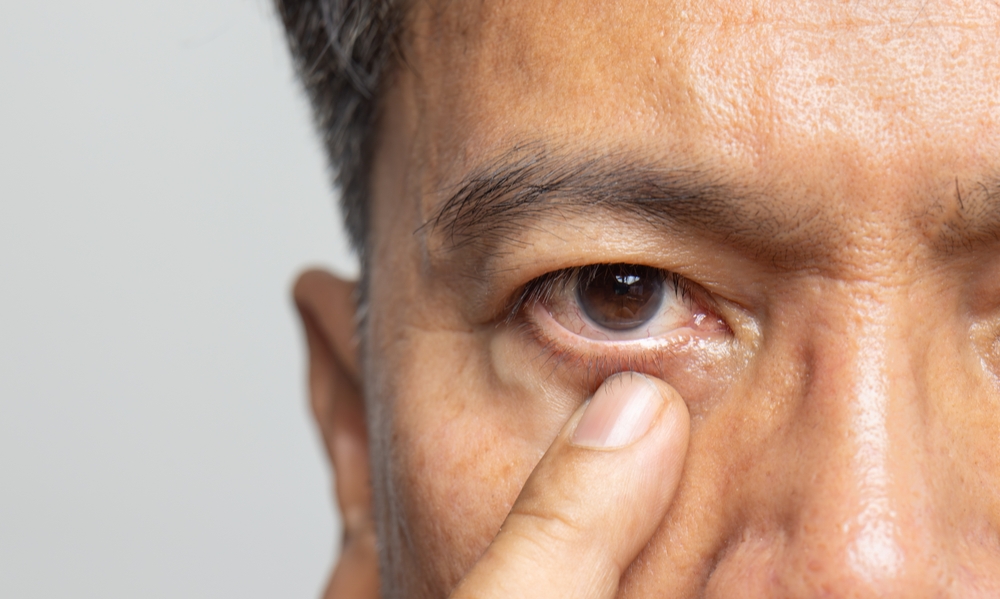
In the realm of eye health, few factors pose a greater threat than excessive ultraviolet (UV) exposure. As the sun's rays penetrate our atmosphere, they bring with them a potent cocktail of invisible radiation that can wreak havoc on our delicate ocular structures. One of the most prevalent and concerning consequences of prolonged UV exposure is the development of cataracts, a condition that can significantly impair vision and diminish quality of life.
Understanding Cataracts
Cataracts are a clouding of the eye's natural lens, resulting in blurred or distorted vision. This condition can occur at any age but is more common as we grow older. While the precise causes of cataracts are multifaceted, several factors contribute to their formation:
- Age-Related Changes: As we age, the proteins within the lens gradually break down and clump together, leading to progressive cloudiness.
- Genetic Predisposition: Some individuals may inherit a higher risk of developing cataracts due to their genetic makeup.
- Environmental Factors: Exposure to UV radiation, smoking, and certain medical conditions like diabetes can accelerate cataract formation.
The symptoms of cataracts can vary depending on the severity and progression of the condition. Common signs include:
- Blurred or cloudy vision
- Sensitivity to glare and bright lights
- Faded or yellowed color perception
- Double vision in one eye
- Frequent changes in eyeglass or contact lens prescriptions
It's crucial to recognize these symptoms and seek prompt medical attention, as cataracts can significantly impair your ability to perform daily tasks and enjoy life to the fullest.
The Impact of UV Exposure on Cataracts
While cataracts can develop due to various factors, the role of UV exposure in accelerating their formation cannot be overstated. UV radiation, particularly the harmful UV-B rays, can penetrate deep into the eye's lens, causing oxidative stress and damage to the delicate lens proteins.
Over time, this cumulative damage can lead to the formation of opaque clumps within the lens, gradually obscuring vision and contributing to the development of cataracts. Moreover, UV exposure can exacerbate the effects of other risk factors, such as age and certain medical conditions, further compounding the risk of cataract formation.
Protecting Your Eyes from UV Damage
While the threat of UV exposure on eye health is substantial, there are several proactive measures you can take to minimize your risk and safeguard your vision. Invest in high-quality sunglasses that offer 100% UV protection, blocking both UV-A and UV-B rays. Look for wraparound or close-fitting styles that limit peripheral UV exposure. Consider photochromic lenses that automatically adjust tint based on light conditions.
Incorporate foods rich in antioxidants, such as leafy greens, berries, and citrus fruits, which can help neutralize harmful free radicals and reduce oxidative stress in the eyes. Additionally, adequate hydration is crucial for maintaining the health of your eyes and minimizing the risk of cataract formation. Lastly, quit smoking. Smoking not only increases the risk of cataracts but also contributes to various other eye diseases and overall health complications.
Regular Eye Check-ups and Early Detection
While prevention is key, it's equally important to prioritize regular eye check-ups and early detection. Cataracts often develop gradually, and early diagnosis can lead to timely treatment and better outcomes.
During your comprehensive eye exams, your doctor will evaluate your vision, assess the clarity of your lenses, and monitor for any signs of cataract formation. If cataracts are detected, your eye care professional will discuss the appropriate treatment options. In the early stages, corrective lenses can help improve vision and compensate for the effects of cataracts. As cataracts progress and significantly impair vision, surgical removal and replacement of the clouded lens with an artificial intraocular lens (IOL) may be recommended.
Early detection and timely intervention can help preserve your vision and prevent further complications, emphasizing the importance of regular eye check-ups as part of your overall eye health routine.
Schedule Your Consultation with Orange County Eye Institute Today
The impact of UV exposure on eye health, particularly in the development of cataracts, is a sobering reality that demands our attention and proactive measures. By understanding the causes, symptoms, and underlying mechanisms of UV-induced eye damage, we can better equip ourselves to protect our precious vision.
Schedule an appointment with our eye care team to discuss the best strategies to safeguard your vision against cataracts today. Visit Orange County Eye Institute at our office in Laguna Hills, California, or call (949) 770-1322 to book an appointment today.










